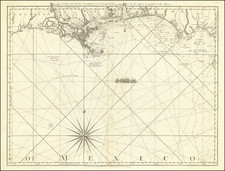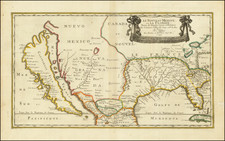Ceremonies Performed by Natives After Capturing Enemies
Original antique engraving of Florida Indians by Theodore de Bry.
This view shows the legs, arms, and scalps of the captured enemies tied to poles in the background. A sorcerer, holding a small effigy, mutters many imprecations, hexing the enemy. Three men with instruments— one beating a stone with a club, the other two with gourds filled with seed— play along to the incantations. Holata Outina, a Timucuan chieftain, speaks with French allies.
The engravings published by Theodor de Bry in his Grand Voyages (1591), based upon watercolor illustrations made by Jacques Le Moyne de Morgues, are the earliest known European depictions of Native Americans in what is now known as the United States. Le Moyne, a member of the short-lived French colony known as Fort Caroline founded by Huguenot explorer Rene Goulaine de Laudonniere (ca. 1529-1574), based the watercolors on his experiences in Florida in the 1560s. De Bry later published Le Moyne's work, along with other illustrations of the New World, as part of an effort to encourage European colonization in the Americas. Jacques le Moyne de Morgues, an illustrator and explorer, sailed with René de Laudonnière on the 1564 Huguenot expedition to Florida. Laudonnière set up Fort Caroline on the St. John's River in 1564, but the settlement was destroyed by the Spanish army under Pedro Menendez de Aviles.
Theodor de Bry (1528-1598) was a prominent Flemish engraver and publisher best known for his engravings of the New World. Born in Liege, de Bry hailed from the portion of Flanders then controlled by Spain. The de Brys were a family of jewelers and engravers, and young Theodor was trained in those artisanal trades.
As a Lutheran, however, his life and livelihood were threatened when the Spanish Inquisition cracked down on non-Catholics. De Bry was banished and his goods seized in 1570. He fled to Strasbourg, where he studied under the Huguenot engraver Etienne Delaune. He also traveled to Antwerp, London, and Frankfurt, where he settled with his family.
In 1590, de Bry began to publish his Les Grands Voyages, which would eventually stretch to thirty volumes released by de Bry and his two sons. The volumes contained not only important engraved images of the New World, the first many had seen of the geographic novelties, but also several important maps. He also published a collection focused on India Orientalis. Les Grands Voyages was published in German, Latin, French, and English, extending de Bry’s fame and his view of the New World.









![Memoir on the Geography, and Natural History and Civil History of Florida, attended by a Map of that Country, Connected with the Adjacent Places: and an Appendix, Containing the Treaty of Cession, and other Papers Relative to the Subject [with:] Map of Florida](https://storage.googleapis.com/raremaps/img/small/81777.jpg)
![[ Native Mexican Warrior ] Ein Mexicaner](https://storage.googleapis.com/raremaps/img/small/94089.jpg)


![Boca y Barra Del Rio Sta. Maria [Florida]](https://storage.googleapis.com/raremaps/img/small/43885.jpg)
![[ Gulf Coast & West Coast of Florida ] De Cust van Westindien Van La Desconoscida, tot C. Escondido. . .](https://storage.googleapis.com/raremaps/img/small/65741.jpg)